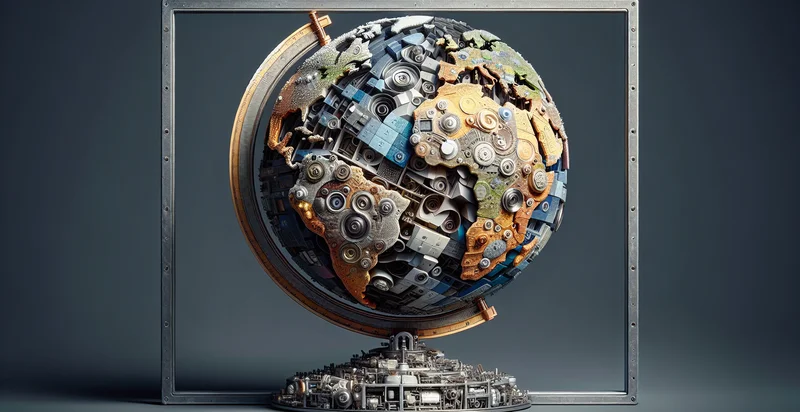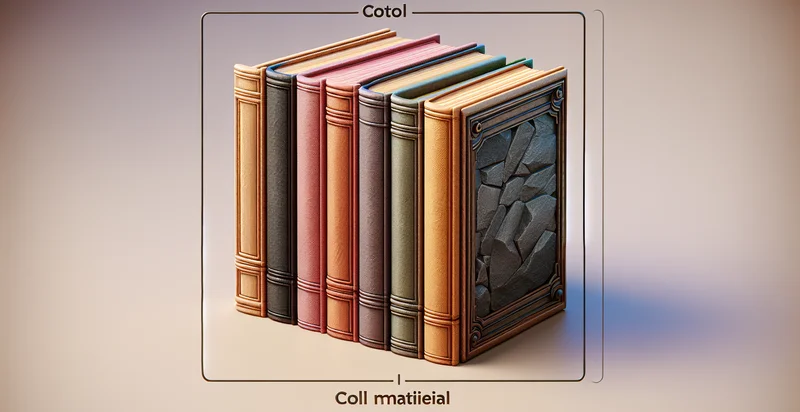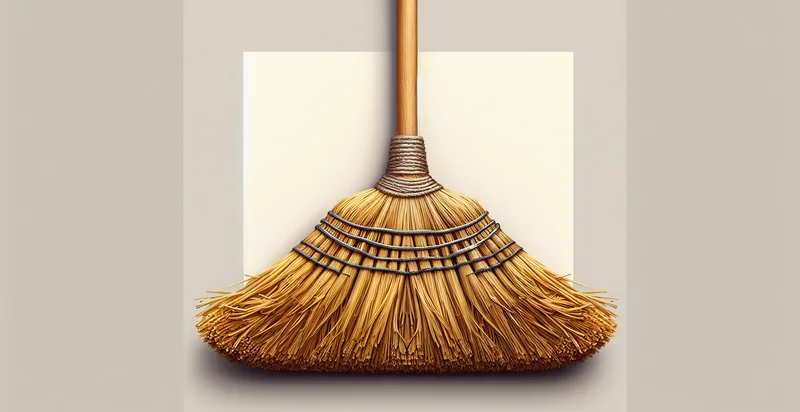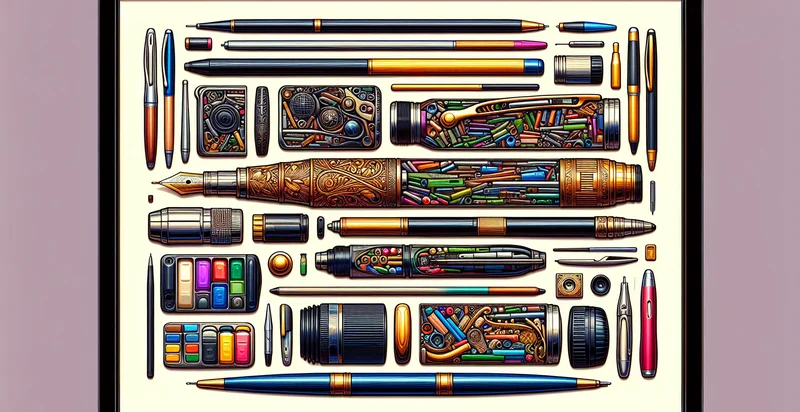Identify what material a globe is made from
using AI
Below is a free classifier to identify what material a globe is made from. Just upload your image, and our AI will predict what material a globe is made from - in just seconds.

Contact us for API access
Or, use Nyckel to build highly-accurate custom classifiers in just minutes. No PhD required.
Get started
import nyckel
credentials = nyckel.Credentials("YOUR_CLIENT_ID", "YOUR_CLIENT_SECRET")
nyckel.invoke("what-material-a-globe-is-made-from", "your_image_url", credentials)
fetch('https://www.nyckel.com/v1/functions/what-material-a-globe-is-made-from/invoke', {
method: 'POST',
headers: {
'Authorization': 'Bearer ' + 'YOUR_BEARER_TOKEN',
'Content-Type': 'application/json',
},
body: JSON.stringify(
{"data": "your_image_url"}
)
})
.then(response => response.json())
.then(data => console.log(data));
curl -X POST \
-H "Content-Type: application/json" \
-H "Authorization: Bearer YOUR_BEARER_TOKEN" \
-d '{"data": "your_image_url"}' \
https://www.nyckel.com/v1/functions/what-material-a-globe-is-made-from/invoke
How this classifier works
To start, upload your image. Our AI tool will then predict what material a globe is made from.
This pretrained image model uses a Nyckel-created dataset and has 13 labels, including Acrylic, Ceramic, Composite, Fiberglass, Foam, Glass, Metal, Paper, Plastic and Rubber.
We'll also show a confidence score (the higher the number, the more confident the AI model is around what material a globe is made from).
Whether you're just curious or building what material a globe is made from detection into your application, we hope our classifier proves helpful.
Related Classifiers
Need to identify what material a globe is made from at scale?
Get API or Zapier access to this classifier for free. It's perfect for:
- Material Sourcing in Manufacturing: Manufacturers can utilize the globe material identifier to ensure that they are sourcing the correct materials for production. By accurately classifying materials, companies can improve supply chain efficiency and reduce costs related to misprocurement.
- Quality Control in Production: In quality assurance settings, this function can help identify anomalies in the materials used for glober. By flagging incorrect materials, manufacturers can ensure adherence to product specifications and maintain product quality, thus enhancing customer satisfaction.
- Eco-Friendly Material Assessment: Companies committed to sustainability can use the identifier to determine whether materials used in globes are eco-friendly or recyclable. This use case encourages sustainable practices and helps businesses market their products to environmentally conscious consumers.
- Market Research and Product Development: Product developers can analyze the materials used in existing globe designs to identify trends and areas for improvement. With this information, they can create innovative products that meet consumer demands while standing out in the market.
- Compliance and Regulation Monitoring: Businesses that operate in regulated industries can use the function to ensure that the materials used in their globes meet relevant industry standards and governmental regulations. This reduces the risk of legal issues and promotes ethical manufacturing practices.
- Retail Assessment and Verification: Retailers can employ the identifier to verify the material composition of globes they have in inventory. This ensures that the products being sold align with marketing claims, thereby protecting brand integrity and preventing customer dissatisfaction.
- Consumer Education and Marketing: Brands can leverage the material classification function to provide consumers with detailed information about the globes they purchase. By highlighting material attributes, businesses can create targeted marketing campaigns that inform customers about quality, durability, and sustainability features.


